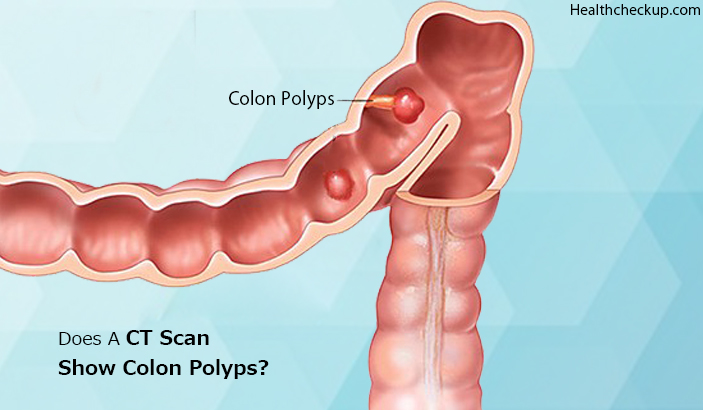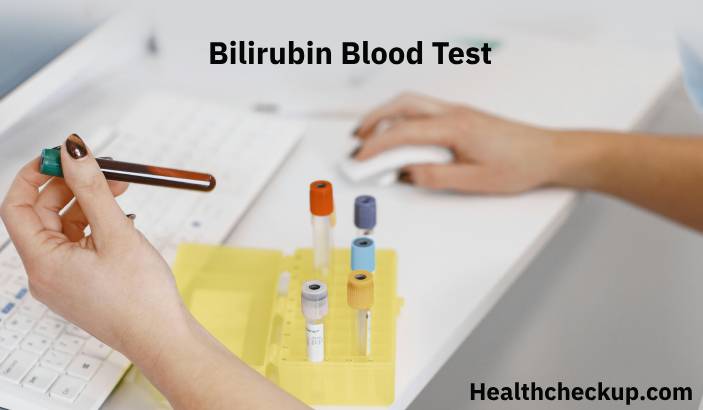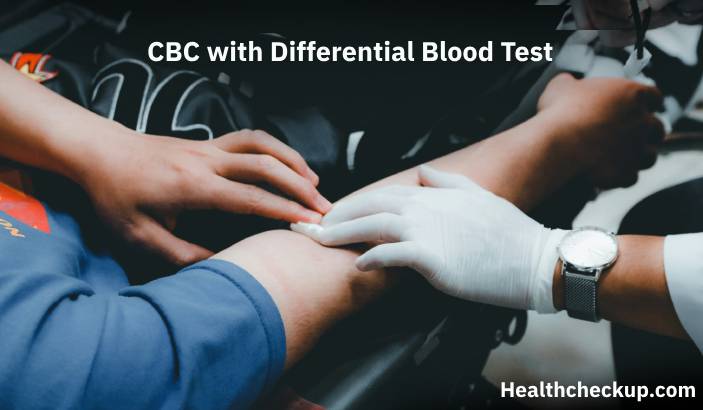Computed Tomography (CT) is a radiographic imaging technique which produces cross-sectional images of the body. It is frequently used to evaluate the brain, neck, spine, chest, abdomen, pelvis and sinuses. A polyp is a growth which arises from the mucous membrane. The colon is the large intestine and the last part of the bowel. Polyps in the colon is a common pathology encountered in the gastrointestinal system. It’s possible to have multiple polyps that are flat or raised and most of them are found to be benign.
Some can be pre-malignant lesions and proper evaluation is needed. There are several investigations which can be performed to detect colon polyps. They can be categorized as radiographic and non-radiographic. CT colonography is a well-known imaging technique among the clinicians. Does a CT scan show colon polyps? This is a common question raised by the non-medical personals since it is less invasive.
Does A CT Scan Show Colon Polyps?
The answer is Yes.
- Even though colonoscopy is considered as the mainstay of diagnosing colon polyps in case of growths which obstruct the colon lumen, the amount of information which can be gathered via colonoscopy becomes limited. In such occasions, radiographic imaging techniques become vital.
- CT colonography also known as virtual colonoscopy gives two- and three-dimensional images of the entire colon, using a helical and multidetector-row volumetric CT scanner. CT colonography uses special X-ray equipment to examine the large intestine for intraluminal colonic abnormalities like tumors and growths like polyps. During the procedure, a small tube is inserted a short distance into the rectum to allow for inflation with gas while CT images of the colon and the rectum are taken.
- CT colon scan can effectively pick up growths like polyps larger than 6mm with higher sensitivity and specificity. This has largely replaced the use of double-contrast barium enema in many centers around the world.
- By using this investigation, the clinician can accurately determine the location of the polyp in the large intestine as well as its thickness.
- Polyps less than 6mm can be missed due to various factors. These factors include the thickness of a cross section in the CT scan, bowel motion artifact, the dose of the radiation and the presence of fluid and fecal matter in the bowel.
- CT scan of the colon has the advantage of being less invasive than colonoscopy. But if a biopsy is required, an endoscopy will still be needed.
- In addition to intraluminal structures like polyps, a CT scan of the colon can also detect extraluminal abnormalities.
- CT scan is sometimes needed after a colonoscopy. As mentioned above, endoscopic colonoscopy is currently the investigation of choice for the screening, diagnosis, and treatment of colorectal polyps, the precursors of colorectal carcinoma. However, visualizing the entire colon is technically challenging and time-consuming. There is a 5-15% failing rate in visualizing the entire colon in colonoscopy especially the part of the large intestine above the splenic flexure. In such cases, the endoluminal CT colonography may offer the potential for a rapid, comfortable, and accurate test that can depict the entire colon.
Your Doctor Will Suggest A Virtual Colonoscopy In The Following Conditions
- If you are reluctant to undergo colonoscopy.
- If you are suffering from a bleeding disorder because bleeding is a known complication of colonoscopy.
- If your bowel is obstructed.
- The lesion in the intestine, preventing the further negotiation of the scope.
In these conditions, CT colonography always comes as the investigation of choice to detect large bowel abnormalities because the colonoscopy is contraindicated.
Does a CT scan show colon polyps? Yes, it does and it has become one of the key investigations in diagnosing colon pathologies. It can identify different features of polyps separately. Pedunculated polyps, sub pedunculated lesions, flat lesions, and sessile lesions are few of macroscopic types of polyps which can be identified by a CT colonography.
Images of a CT colonography can give clear information regarding the extent of local invasion in malignant polyps. Inability to obtain samples for histology is the main disadvantage in a CT scan of the colon compared with colonoscopy. The advantages include less invasive than a colonoscopy, no need for sedation, less risk of bowel perforation and less time-consuming.
Dr. Chauturi is an experienced writer specializing in English language and Medical Sciences, and degree holder in Medicine, Bachelor of Surgery at University of Sri Jayewardenepura currently awaiting her internship.








